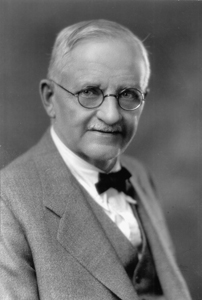In front of the skyline are two leafy parks (seriously, I’m not trying to brag). One of the parks, named for Walt Whitman, who also gazed upon Manhattan, sits between a federal courthouse and the Office of Emergency Management (OEM). It was here that FEMA trucks hung out during Sandy, it was from here that Bloomberg gave updates about the state of Staten Island, and the Rockaways, which were underwater, or on fire. In the parking lot there are often yellow trucks reminding us to be ready New York, get your bottled water, and cash, and dried fruit. Walt Whitman Park got renovated as part of some nifty deal when the buildings were updated. At the time, nothing was better for my young boy than watching diggers create a park outside his window.
The park has tables for OEM lunchers and any law clerks allowed outside during the day. And it has a fountain. Basically, a circle of 5 or 6 jets of water shoot out from the ground and the water runs down into a grate around the perimeter, carrying leaves and water balloons and band aids along with it. If you are 4 or 5, the best thing to do is to wait for the water to go off, stand or sit directly on the spout, and wait for another kid to go turn it back on. I myself have not tried this yet. If you are younger, the best thing to do is to steal a bigger kid’s bucket and go fill it with discarded band aids. Both of these things, and all the other things that go on at the fountain, are glorious.
OK, I confess, there is also a very busy street outside our window (I didn’t say the view was perfect). It’s loud in the summer, when the windows are open, and New Yorkers with double lives emerge to ride their motorcycles by our home. But now, during the day when the sprinklers are on, there is something else—sheer joy. My Stepmom once said she loved to close her eyes at a busy beach because it had a happy sound. It’s the combination of squealing and surf. So maybe here we have cars and skyscrapers instead of surf, but the beauty of New York is its ability to bring the emotion of a person into high relief.
